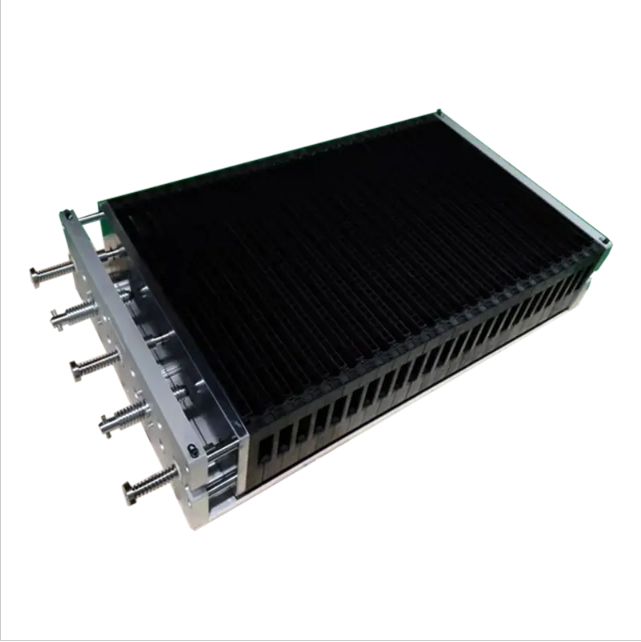The structural system is the new energy vehicle battery tray, which is the skeleton of the battery system and can provide impact resistance, vibration resistance and protection for other systems. Battery trays have gone through different stages of development, from the initial steel box to the current aluminum alloy tray, and towards more efficient copper alloy battery trays.
1. Steel battery tray
The main material used in steel battery trays is high-strength steel, which is economical in price and has excellent processing and welding properties. In actual road conditions, battery trays are affected by different working conditions, such as being susceptible to the impact of gravel, etc., and steel The pallet has good resistance to stone impact.
Steel pallets also have their limitations: ① Its weight is large, which is one of the important factors affecting the cruising range of new energy vehicles when loaded on the car body; ② Due to its poor rigidity, steel battery pallets are prone to collapse during a collision. Extrusion deformation occurs, causing battery damage or even fire; ③ Steel battery trays have poor corrosion resistance and are prone to chemical corrosion in different environments, causing damage to the internal battery.
2. Cast aluminum battery tray
The cast aluminum battery tray (as shown in the picture) is formed in one piece and has a flexible design. No further welding process is required after the tray is formed, so its comprehensive mechanical properties are high; due to the use of aluminum alloy materials, its The weight is also further reduced, and this structure of battery tray is often used in small energy battery packs.
However, since aluminum alloys are prone to defects such as undercasting, cracks, cold shuts, dents, and pores during the casting process, the sealing properties of the products after casting are poor, and the elongation of cast aluminum alloys is low, and they are prone to deformation after collisions. Due to the limitations of the casting process, large-capacity battery trays cannot be produced by casting aluminum alloys.
3. Extruded aluminum alloy battery tray
Extruded aluminum alloy battery tray is the current mainstream battery tray design solution. It meets different needs through the splicing and processing of profiles. It has the advantages of flexible design, convenient processing, and easy modification; in terms of performance, extruded aluminum alloy battery tray has high Rigidity, resistance to vibration, extrusion and impact.
Due to its low density and high specific strength, aluminum alloy can still maintain its rigidity while ensuring the performance of the car body. It has been widely used in automobile lightweight engineering. As early as 1995, the German Audi Company began mass production of aluminum alloy car bodies. In recent years, special Emerging new energy vehicle manufacturers such as Tesla and NIO have also begun to propose the concept of all-aluminum bodies, including aluminum alloy bodies, doors, battery trays, etc. However, due to the splicing method, different parts need to be spliced through welding and other methods. There are many parts that need to be welded and the process is complicated.
Post time: May-11-2024


